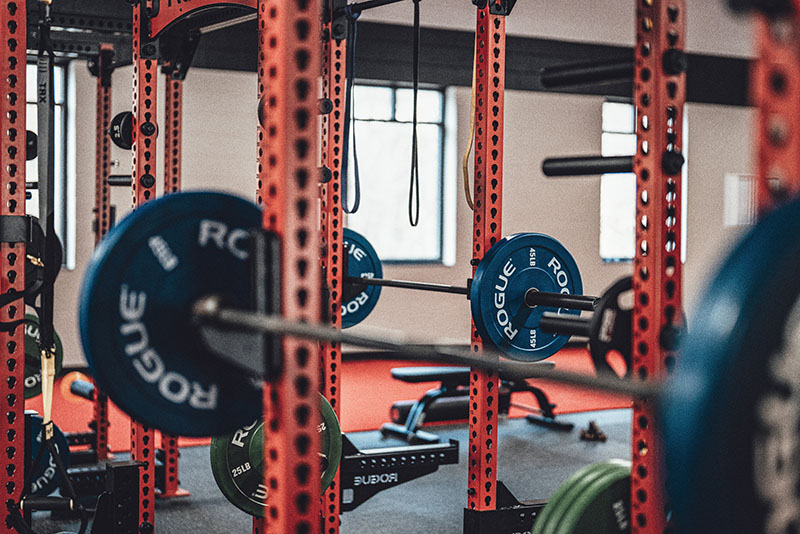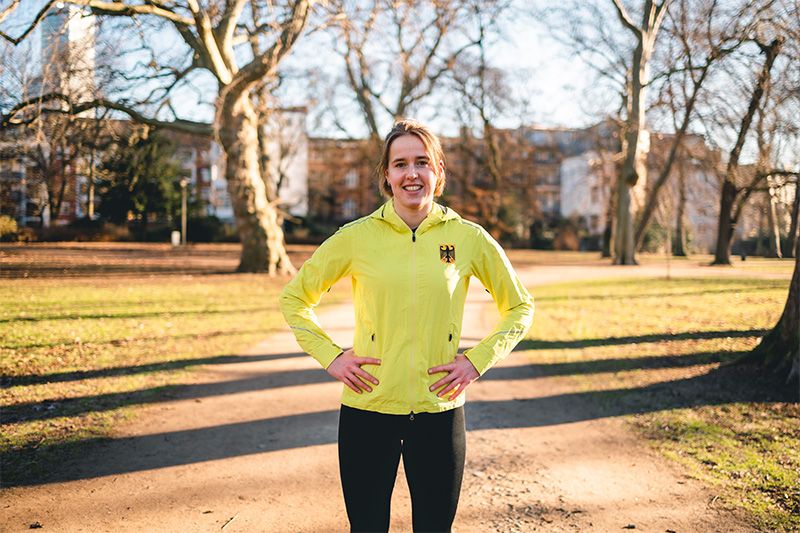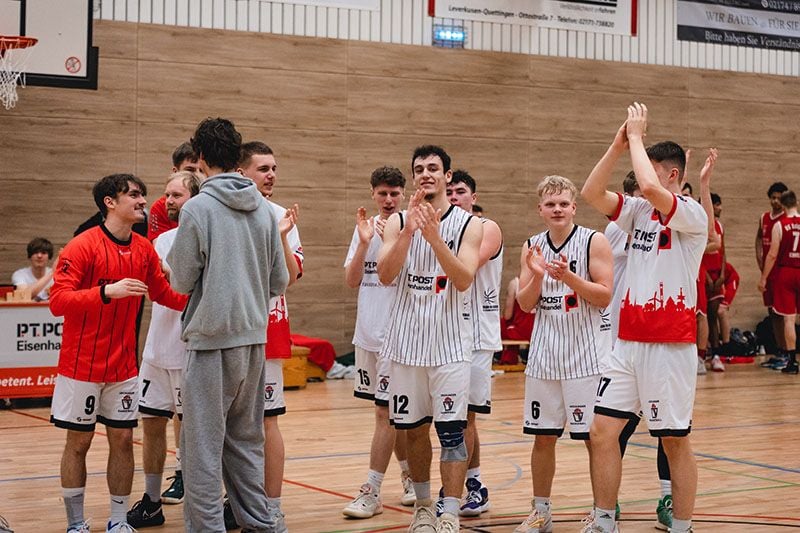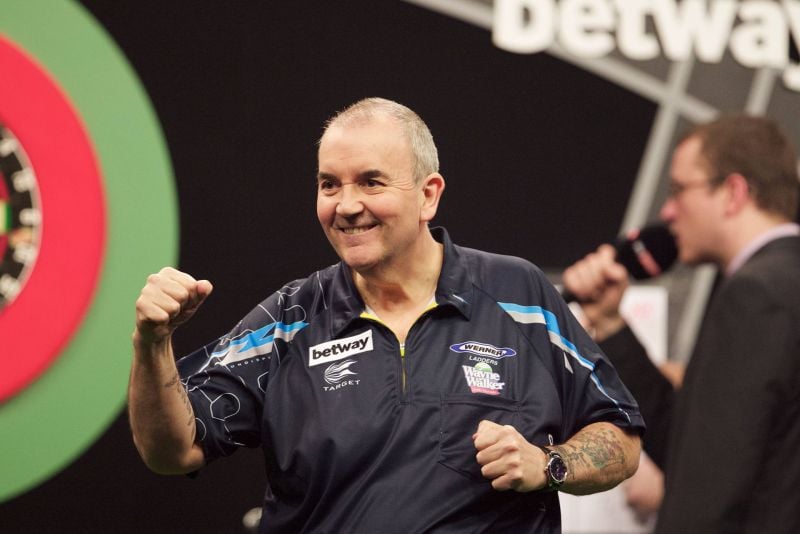Strength training football type "Niklas Süle":
You have a super 1RM in the squat, but you are too slow in the 10m and 20m sprints and your jump height could also be better.You have good maximum strength, but little power. You are not able to apply your maximum strength quickly, keyword: rate of force/development/rate of force increase/fast strength
The solution is then: focus on ballistic training as well as jumps and kicks
You can then use the following 3 exercises for strength training in football to train your speed strength, among other things.
Important: Warm up well, but try to avoid pre-fatigue! Maximum speed of movement is required for these exercises!
Loaded Jumps: Take a barbell and load it with approx. 30% of your 1RM. Do 3 sets of 10 reps, pausing for 3-5 minutes. You should always be well recovered.
Jump as high as you can with the barbell and cushion the landing well with your legs. Start with a "no counter movement jump" or "squat jump". Get into a controlled low position from which you start the jump.
Then as a progression: "Counter Movement Jump". The starting position is now the upright standing position, the downward movement is as fast as possible and a lunging movement for the maximum high jump.















































































